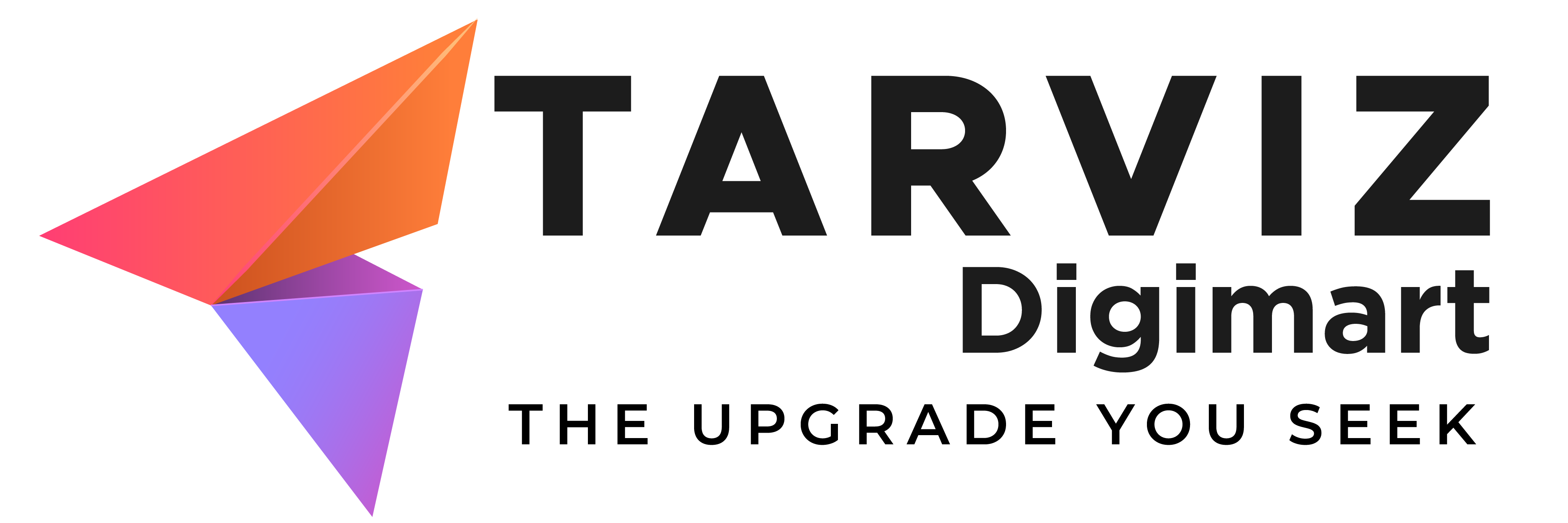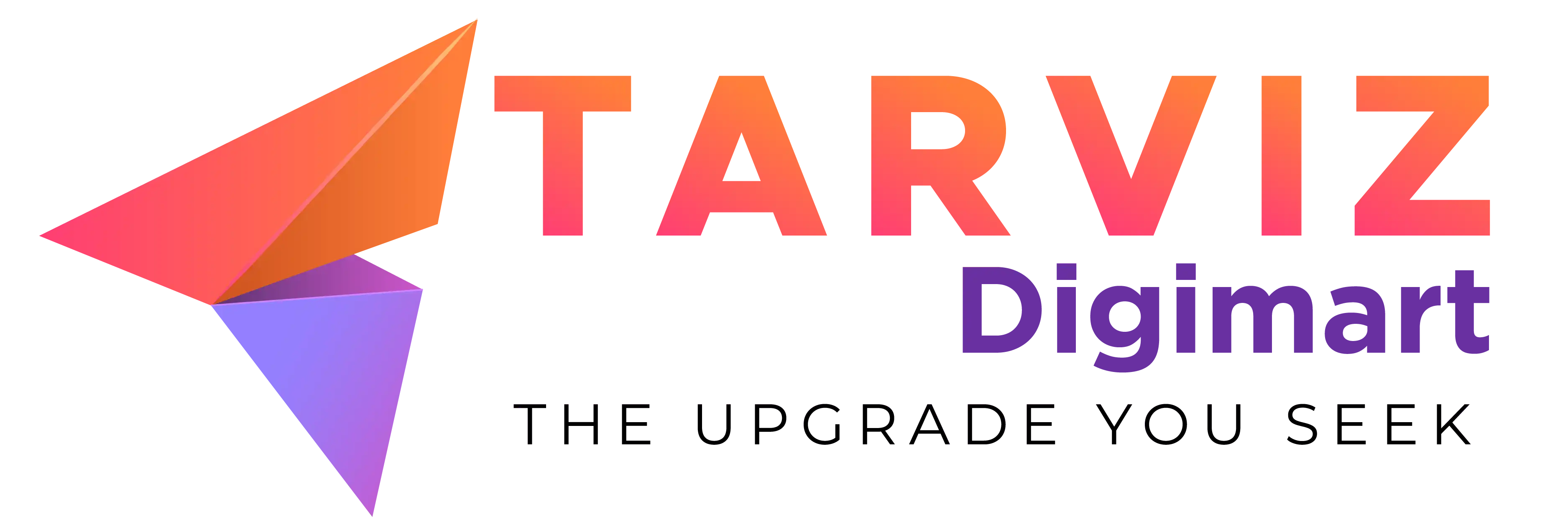Exploring What Web Design Is and How It Works
Web design encompasses many different skills and disciplines in the production and maintenance of websites. From creating visuals to writing code, web designers have a wide range of responsibilities when it comes to building and managing websites. Learn what goes into web design and how you can create an engaging website for your visitors.
Understand the Basic Terminology
Before you truly understand web design, it’s important to understand the basic terminology. Some terms include HTML & CSS (HyperText Markup Language and Cascading Style Sheets) to describe how a web page is laid out and content is presented, as well as other core programming languages such as PHP and JavaScript. Understanding the basics of these languages empowers you to customize an existing website or build your own from scratch.
Additionally, understanding the acronyms used throughout web design can help you have a better conversation with any professionals you may work with. Examples include WYSIWYG (What You See Is What You Get), CMS (Content Management System) and DPI (Dots Per Inch). Understanding these terms will help ensure that your web designer truly offers you the best solution for your needs.
Explore Different Website Types and Platforms
When designing a website, it’s important to consider the type of website you’re creating as well as which platform you wish to use. For instance, do you want your site to be a blog, an online store, or even a portfolio or resume? Different types of sites require different approaches and technologies. Additionally, it’s important to factor in which content management system (CMS) – such as WordPress, Joomla!, or Drupal – you want to use when building your site.
Understanding the type of website you’re creating and learning about various platforms and CMS options will help ensure your web design project succeeds. Plus, knowing this information before you begin will help determine what programming languages and tools – such as HTML5, CSS3, JavaScript, AJAX and APIs – to use for a technical perspective. Deciding these factors up front will save time in development and make the overall process much smoother.
Learn HTML, CSS, and JavaScript Basics for Web Design
HTML, CSS, and JavaScript are the three essential coding languages used to make modern webpages look and act the way they do. You need a working knowledge of these coding languages to create your own website. HTML controls the text, titles and images shown on any page, while CSS adds formatting and layout; both are written in plain language, making them simple to understand. JavaScript adds interactive features like video and sound effects to enhance user experience.
To get started with web design, it’s essential to understand the basics of HTML, CSS and JavaScript. HTML is the markup language that defines the structure and content on your pages, such as headings, paragraphs and images. CSS adds color, fonts and layouts to your page. Finally, JavaScript powers the effects on your page – like videos, animations and user interactions. To master basic web design, you will need to learn these three languages in order to create a great-looking website. Working with a combination of HTML, CSS and JavaScript will give you the tools needed to convert a simple concept into an impressive website.
Develop a Content Strategy for Web Design
Before you start to design a website, it’s essential that you have a good idea of what kind of content will be included. Having a content strategy in place will help ensure that your web design focuses on providing users with the information they need and not becoming bogged down in superfluous details. It is also important to keep in mind how soon new content needs to be added or updated on the page and how this can be achieved most effectively.
When creating a content strategy, it is important to consider the website’s goals and objectives. Who are you trying to reach with this website, what type of information do they need and how will it be organized? Knowing these questions’ answers can help structure and shape your content strategy. Taking the time to structure your content in advance ensures that your web designs are effective and makes future updates easier by providing a comprehensive set of guidelines and expectations for all contributors.
Determine What Creative Elements You Need to Include in Your Web Design Project or Site & Choose the Right Colour Scheme & Fonts.
After you have determined the type of content and elements that will be included on the page and when they need to be updated or changed, it’s time to start considering how to make your website visually engaging. Choosing an appropriate colour scheme for your design can set the atmosphere for your web design project. Additionally, be sure to choose fonts that are both attractive and easy to read for maximum user engagement. With careful consideration during this creative stage of planning, you can create a web design project or site that is welcoming, interesting and most importantly helpful for users.
Your task is to properly balance the elements on the page to create a design that looks good and is easy to navigate and optimized for users. Fonts must be used appropriately as well since you want visitors to your website to actually be able to read the words without any major difficulties. Choose consistent colours throughout the site, such as a primary colour and complimenting secondary colour. Also, consider aspects such as professionalism, your target audience, and what will set you apart from other websites before making your final decision.

